

Wetland habitats are diverse places. They support an enormous range of animals from microscopic communities to some of Aotearoa New Zealand’s largest birds. Rights: Royal Society Te Apārangi ...
READ MORE
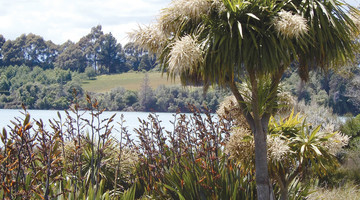
Wetlands once occupied nearly 10% of Aotearoa New Zealand’s land cover. In the last 150 years, 90% of these wetlands have been drained or degraded. Fortunately, our society now has a better ...
READ MORE

An indicator is something that can be measured or monitored. We use indicators to see changes or trends in things ranging from an individual bird species to large systems like rivers or repo ...
READ MORE

Kōura (freshwater crayfish) are a taonga species for Māori, a keystone species for ecosystem dynamics and an indicator species for ecosystem health. They are also a species that have been ...
READ MORE

Repo (wetlands) are rich in biodiversity. They are the ‘in between’ places that connect the water with the land, providing habitats for native plants, invertebrates, fish and birds. Repo are also ...
READ MORE

Aotearoa New Zealand is rich in animal life – from tiny pepeketua and giant wētāpunga to ngā manu a Tānemahuta and ngā ika a Tangaroa. Some of these animals are unique to particular locations ...
READ MORE
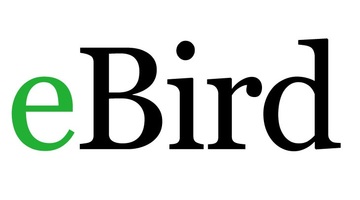
This comprehensive worldwide online citizen science (OCS) project collates bird species, numbers, locations and times of sightings into a large database. You can create a class as a user and, by ...
READ MORE
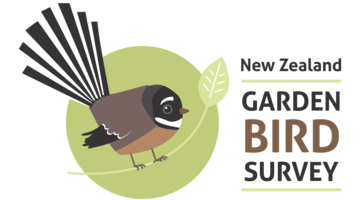
This New Zealand-based citizen science project aims to collect data about the types and numbers of common garden birds in our own backyard. This is done once annually during a particular window ...
READ MORE
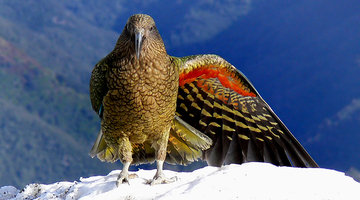
Taking part in this project helps scientists and conservationists know more about the habits of kea. Where are they? How far do they travel? Do they get around in groups? Logging sighting ...
READ MORE

In this recorded professional learning session, Greta Dromgool shares the mahi from a collaboration between Manaaki Whenua – Landcare Research and Pokapū Akoranga Pūtaiao – The Science Learning ...
READ MORE
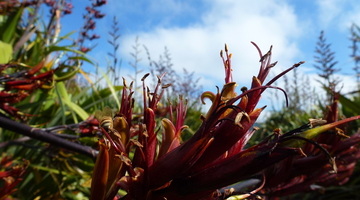
In ecological terms, wetlands are ecotones – transitional habitats between terrestrial and aquatic ecosystems. They provide a mixture of habitats and are capable of supporting a diverse range of ...
READ MORE

Lakes380 – Our lakes’ health: past, present, future is the largest scientific study ever undertaken on lakes in Aotearoa New Zealand. The programme, jointly led by GNS Science and Cawthron ...
READ MORE
Freshwater ecologist Dr Ian Kusabs explains the ecological roles kōura play and their importance to iwi living in the central North Island. Questions for discussion: What three things do kōura do ...
READ MORE
Ruru (morepork) whakapapa to wetlands as well as dense forests. Cheri van Schravendijk-Goodman explains their repo connections. Questions for discussion: How was the connection between the ruru ...
READ MORE
Te ao Māori (the Māori world view) recognises the connections between all living and non-living things. In this video, kairangahau Māori share some of their repo connections with us. Questions ...
READ MORE

This slideshow, from the webinar Te Repo – wetlands as a context for learning, provides additional support for the video tutorial. Use the Slideshow menu for further options, including view full ...
READ MORE

View ecosystem connections with a te ao Māori perspective. Click on the labels for more information. Select here to view the full transcript and copyright information.
READ MORE

This interactive groups animals through Māori frameworks based on whakapapa. Click on the labels for information about the animal groupings. Select here to view the full transcript and copyright ...
READ MORE